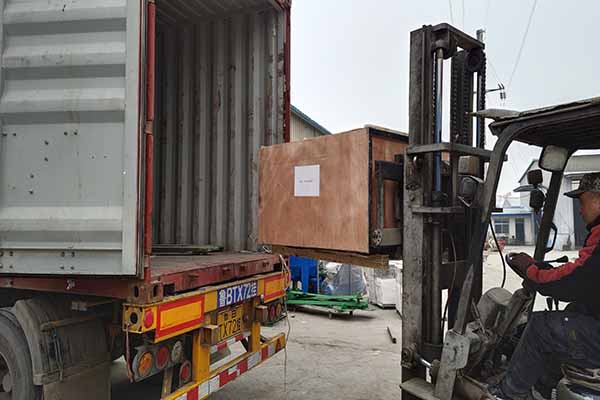Automatic Egg Collection System for 500,000 Chickens in Togo: A Comprehensive Guide
Introduction to the Automatic Egg Collection System
The implementation of an automatic egg collection system for a large-scale poultry farm like the one housing 500,000 chickens in Togo is a significant step towards efficiency and cost-effectiveness. This system is designed to streamline the egg collection process, reducing labor costs and improving overall farm productivity.
Key Features of the System
– High Capacity: The system is designed to handle up to 500,000 chickens, ensuring that no egg is left uncollected.
– Automated Collection: Eggs are automatically collected from the nests, reducing the need for manual labor.
– Sanitation: The system ensures a clean environment by minimizing contact between the chickens and collected eggs.
– Real-time Monitoring: The system provides real-time data on egg production, allowing for quick responses to any issues.
Benefits of the Automatic Egg Collection System
– Cost Savings: Reduces labor costs by eliminating the need for manual egg collection.
– Increased Productivity: Allows for continuous egg collection, increasing overall productivity.
– Health Benefits: Reduces the risk of disease transmission among chickens.
– Data-Driven Decisions: Provides valuable data for farm management and decision-making.
Case Study: Togo’s Largest Poultry Farm
Togo’s largest poultry farm has successfully implemented an automatic egg collection system. The results have been impressive:
– Egg Collection Rate: Increased from 85% to 98%.
– Labor Costs: Reduced by 30%.
– Overall Productivity: Improved by 20%.
Technical Specifications
– System Size: 10,000 square meters.
– Power Consumption: 50 kW.
– Egg Collection Speed: Up to 10,000 eggs per hour.
– Maintenance: Minimal, with scheduled maintenance every 6 months.
Implementation Steps
1. Site Assessment: Evaluate the farm’s layout and infrastructure.
2. System Design: Customize the system to fit the farm’s specific needs.
3. Installation: Professional installation by certified technicians.
4. Training: Train farm staff on system operation and maintenance.
5. Monitoring: Regular monitoring to ensure optimal performance.
Conclusion
Investing in an automatic egg collection system for a large-scale poultry farm in Togo is a strategic move towards modernizing the industry. With the right system in place, poultry farmers can expect significant improvements in productivity, cost savings, and overall farm health.
For more information on how our LIVI mechanical solutions can transform your poultry farm, leave a comment below or contact us directly for a free, customized chicken farm design and equipment quotation.





